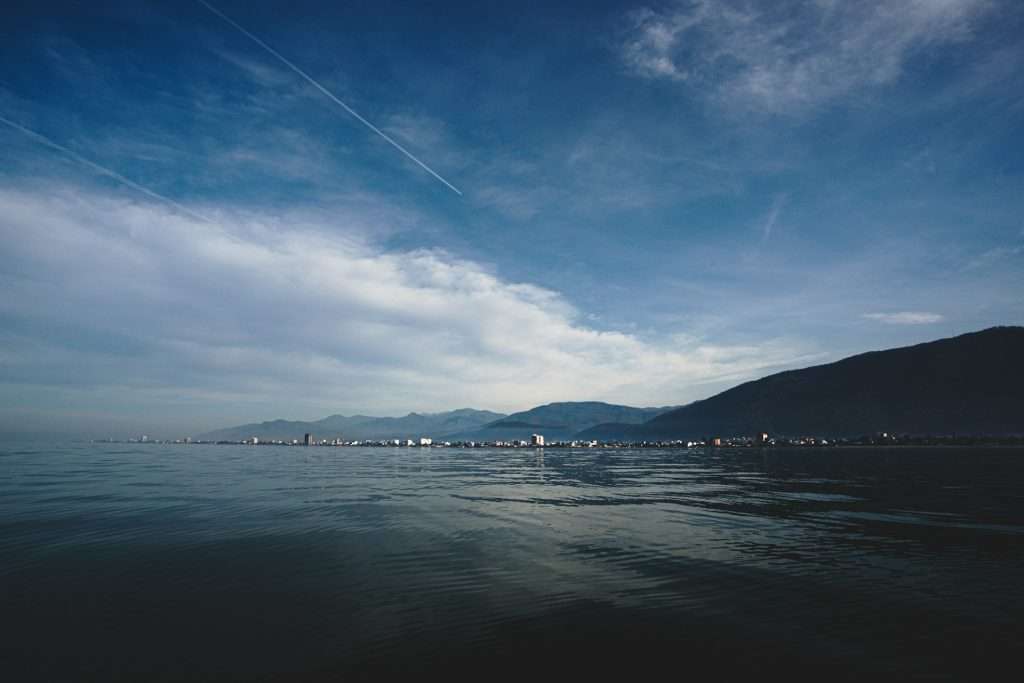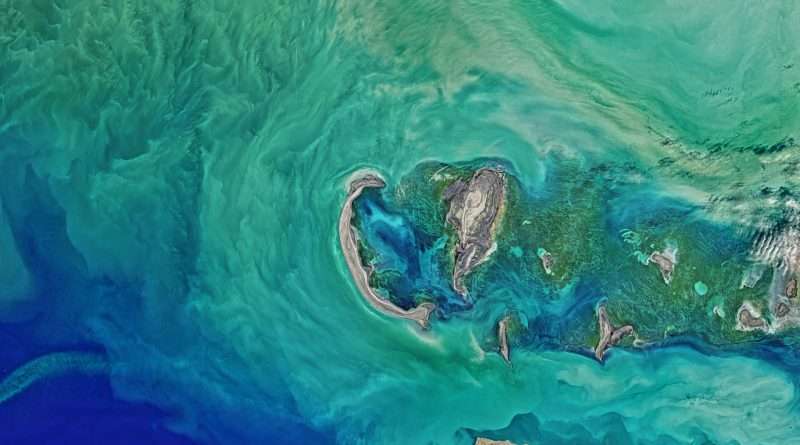What is the Largest Lake in the World?
When we think of vast bodies of water, oceans typically come to mind. However, lakes can be equally as impressive in size and significance. A question often posed by geography enthusiasts and scholars alike is: “What is the largest lake in the world?” This article aims to address this query, providing a comprehensive understanding of the world’s largest lakes, focusing on the one that tops the list.

The Largest Lake in the World
The Caspian Sea holds the title of the largest lake in the world. Spanning an impressive area of 143,243 square miles (371,000 square kilometers), the Caspian Sea stands out as the world’s largest enclosed inland body of water. Despite being named a ‘sea,’ it is, in fact, a lake with both saltwater and freshwater characteristics. It stretches roughly 745 miles (1,200 kilometers) from north to south and has an average width of about 200 miles (320 kilometers). The Caspian Sea’s massive size and unique ecological system make it a geographical marvel, touching the borders of five countries: Russia, Kazakhstan, Turkmenistan, Iran, and Azerbaijan. It plays a pivotal role in regional geopolitics and trade and significantly impacts the surrounding climatic conditions and ecosystems.
Overview of Other Notable Lakes
While the Caspian Sea is the largest lake, it’s essential to consider other notable lakes to grasp its immense size fully. Here’s a look at some of the largest lakes in the United States and around the world:
- Lake Superior (31,700 square miles or 82,103 square kilometers): Nestled between Canada and the United States, Lake Superior is the largest of the North American Great Lakes and the world’s largest freshwater lake by surface area.
- Lake Victoria (26,828 square miles or 69,484 square kilometers): Found in East Africa, Lake Victoria is the second-largest freshwater lake by surface area globally and is shared by Uganda, Kenya, and Tanzania.
- Lake Huron (23,007 square miles or 59,590 square kilometers): Another gem in the Great Lakes chain, Lake Huron straddles the United States and Canada. It’s known for its many islands and rich biodiversity.
- Lake Michigan (22,298 square miles or 57,753 square kilometers): Uniquely located entirely within the United States, Lake Michigan is a major Great Lake, touching states like Michigan, Indiana, Illinois, and Wisconsin.
- Lake Tanganyika (12,702 square miles or 32,900 square kilometers): Across four African nations, Lake Tanganyika is celebrated for its length and depth, holding the record as the world’s longest freshwater lake.
These lakes, each with unique characteristics and ecological significance, provide context to the size and importance of the Caspian Sea in the world’s geographic and environmental landscape.
What Did We Learn Today?
In summary, the Caspian Sea, often misidentified as a sea, is the largest lake in the world. Its enormity and the blend of saltwater and freshwater characteristics make it unique among the world’s large lakes. While other lakes such as Superior, Victoria, Huron, Michigan, and Tanganyika are noteworthy for their size and ecological importance, none rival the Caspian Sea in sheer area. Understanding the scale and significance of these lakes enhances our appreciation of the natural world and the intricate ecosystems within these vast bodies of water.

